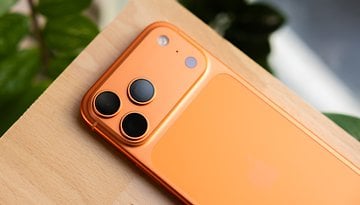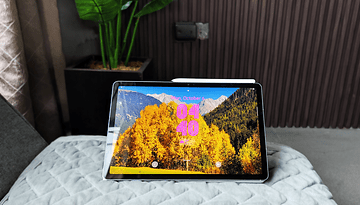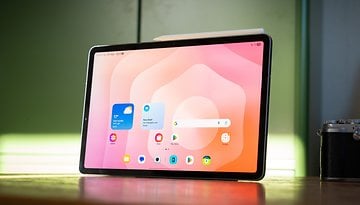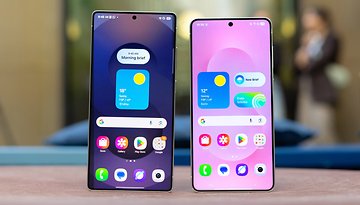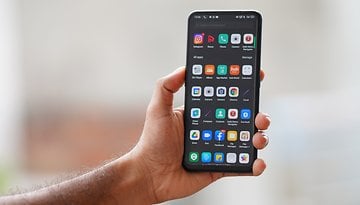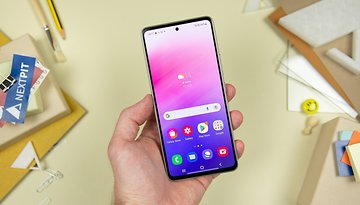Trying out the Microsoft HoloLens: a window into a new world
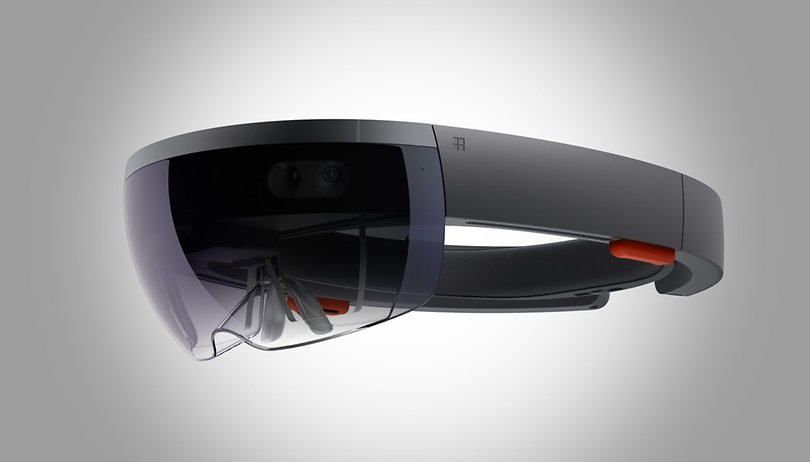

We recently were given an opportunity to test the Microsoft HoloLens. I could not resist, and so I went to Hamburg to try the HoloLens for 15 minutes.
Microsoft first demonstrated the HoloLens in January 2015 as part of a presentation that was actually held for Windows 10. The idea immediately electrified the audience: a pair of glasses that brings holograms into the user’s field of vision, thus virtually expanding the space. In contrast to virtual reality glasses, here the user’s surroundings are still visible.

The HoloLens is mixed reality
The technical term for this modified reality is Augmented Reality (AR). "Augmented Reality?" we hear you say. In response, Microsoft itself says this: the HoloLens is mixed reality. Because modified reality – that is, AR – only blends information into the environment, the holograms of the HoloLens can interact with their surroundings. For this, the HoloLens has several cameras and sensors that capture the environment. Holo Blocks is an application that demonstrates this interaction: the app allows you to place different building blocks in the room – not just on the floor, but on a table, for example. The small blocks can also fall off the table, so virtual objects can behave like real ones.
At just under 580 grams, the HoloLens is a really heavy headset that leaves marks on your forehead. Inside the HoloLens, however, is not only an optical representation system but also a complete Windows 10 computer with an Intel Atom processor and 2 GB of RAM. A specially designed processor, a holographic processing unit (HPU 1.0), is used to display the holograms. The HoloLens should have a recharge time of around 2 hours.

The holograms themselves are particularly impressive in two respects. On the one hand, they are actually three-dimensional, and on the other, they are stable and quiet in the room. It is therefore very easy to walk around them, or to unlock other levels by walking into them. The typical VR problem, the screen-door effect, is not noticeable on the HoloLens.
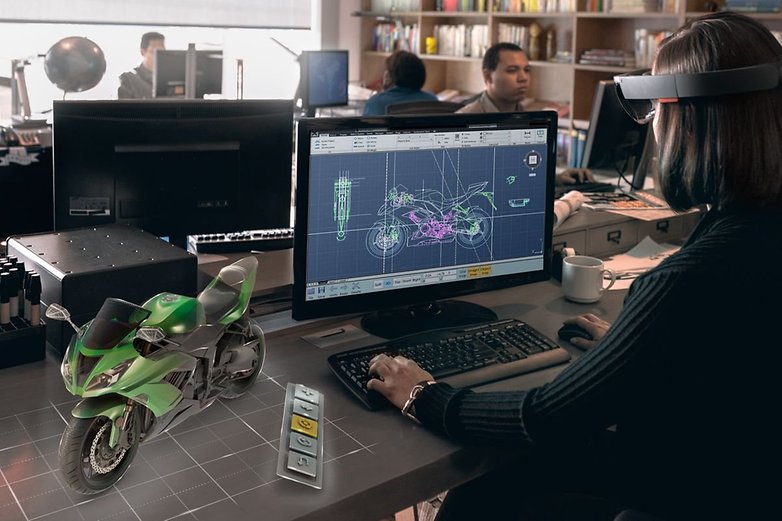
Whilst you're wearing the HoloLens, you almost look through a window into the mixed reality. The window is taken here literally and is actually my biggest, and perhaps only, criticism: in the press images it looks as if a HoloLens user can actually see the holograms in the environment. This is actually not the case. Because the holograms are displayed in the HoloLens display it doesn't actually cover the entire field of vision for the human eye. Where there is no HoloLens display, all you will see is harsh reality. This means, therefore, that large holograms are cut off. In the following figure, the actual holo-area is marked approximately(!). In the pictures, Microsoft naturally shows what the HoloLens interface looks like, including the head movements.
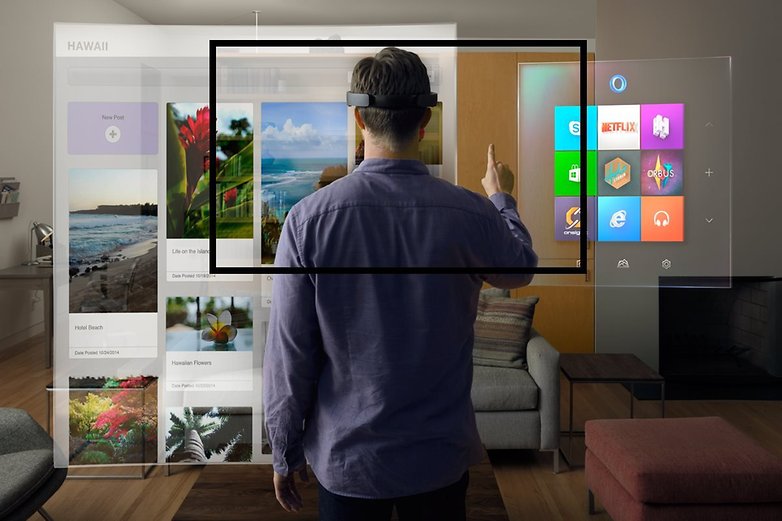
The holographic mode for Windows 10 allows applications to hang on the wall, such as a browser or a game. The HoloLens remembers the position of an app and shows it again when you look at the appropriate place. In the demo room, for example, a browser and a Twitter timeline hung on the wall.
All this is controlled by gestures. Together the thumb and index finger function as a holographic mouse click. Opening up your fist just like a flower? That would be the Windows button. These gestures will require some practice, as targeting in the virtual environment is initially somewhat unfamiliar.
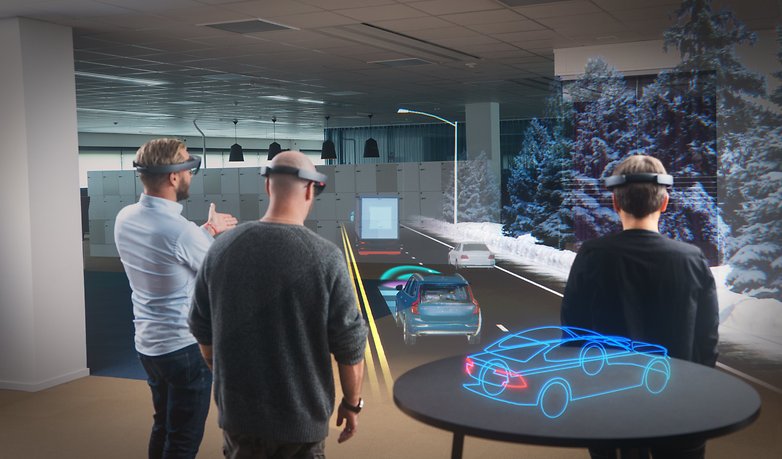
The small field of view was particularly painful in a demonstration: to provide an overview of the known universe the program showed our galaxy, the Milky Way. You could also call up information and images about individual astronomical phenomena. But the small hologram window made sure that you rarely had all the information in view, and you need to look around the room in order to see the Milky Way in its complete state. For educational purposes though, a HoloLens is an excellent tool, as technology makes it easy to visualize complex relationships three-dimensionally in space.

Currently, the HoloLens is aimed at developers and industrial customers. Private users are not currently addressed. The price is also likely to put a stop to many purchasing a HoloLens: the developer-edition is available for 3,299 euros, while the commercial version is expected to cost 5,489 euros.
Initial conclusions about the HoloLens
15 minutes is not really enough time to fully experience the possibilities of this platform. That said, this short time was enough to make an assessment on whether Microsoft is on the right track: in the future, some mixed reality applications will be part of everyday life in schools, universities and the working world. In the field of design and construction, a HoloLens will make project work in these fields considerably easier. Of course, private use is also possible, but for the moment the massive cost does mean it will not enter the mainstream just yet. It questionable whether there is much to gain from having mixed reality applications in the home. Video streaming or information retrieval are two possible areas – but these are just as good with conventional technologies.
Microsoft has created an impressive platform with the HoloLens, which is already convincing in its first generation of users. In the longer term, prices will go down and the technology will improve. The descendents of the HoloLens could then have a significant presence. At the moment, it looks promising for the future, though it will take time to make an impact in some areas.
What do you think of the HoloLens? Would you buy one?
Note: Due to the tight demo time, we unfortunately could not produce our own photos.
